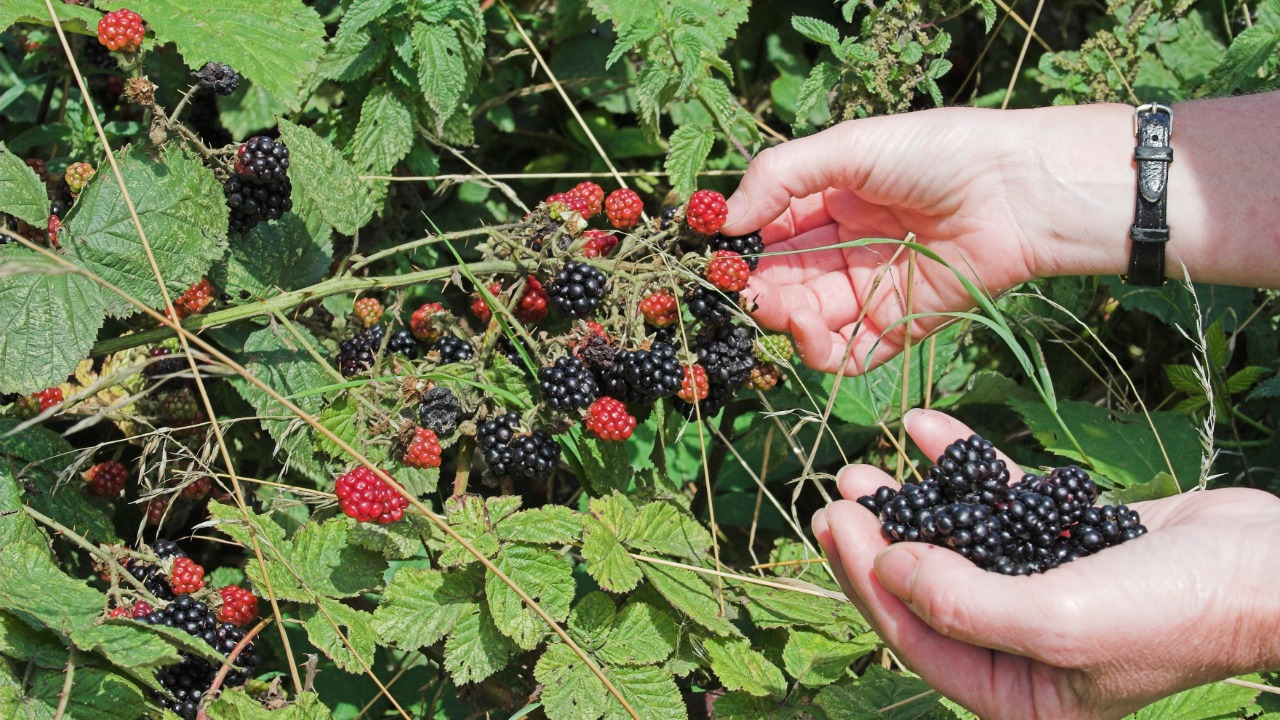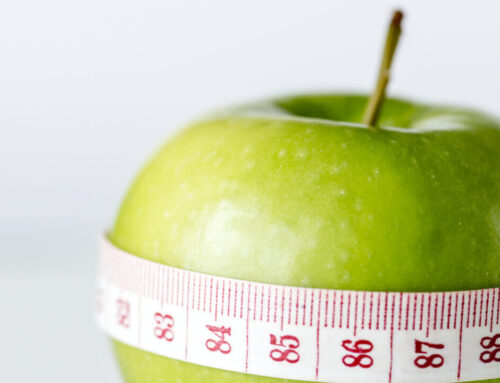Forage for tasty wild food and nutrition-packed food in woodlands and hedgerows to make your heart sing to a healthy beat.
Foragers are a movement of people – but not just hipsters – who hunt out wild food and live off the land. And for the effort they put into searching for meals, the reward is not just a free and sustainable food supply, it’s also a demanding exercise regimen.
Thanks to an expanding ‘foodie’ culture, people are going to greater lengths to find the best and healthiest ingredients for their repasts. And that includes taking to the woods, country roads and even city parks to find common plants and fungi-like dandelions, chanterelles and berries, according to research conducted at St Joseph’s University, Pennsylvania, US.
Boutique restaurants have also jumped on the shabby-chic trend and are now using more local and sustainable seasonal ingredients on their menus.
But foraging isn’t a hobby, it’s a lifestyle. And novices new to the game need to take precautions to do it safely. St Joseph’s offers the following advice for people wanting to start cooking their own wild food.
Book ahead
Picture books and iPhone apps are not enough to show the uninitiated which plants are safe to pick and eat. To spot the subtle differences and educate yourself, pick up the academic guide book, Foraging: A Beginner’s Guide to Wild Edible and Medicinal Plants.
It contains comprehensive diagrams and tells you which plants are poisonous. (£2.65, amazon.co.uk)
Two’s company
Taking a seasoned forager as a guide is a safer and more informative way to learn what you can pick and what you can’t. Sign up to foraging.meetup.com and connect with experts and like- minded people.
What’s your poison?
Don’t forage where fertilisers, weed killers and any other harmful products have been used, and always wash plants thoroughly before eating.
Roadside dangers
Although people have been known to forage in urban settings, be wary of abandoned lots and roadsides, where unknown pollutants can lie both underneath the soil and on vegetation itself.
Don’t disturb the wildlife
Many national parks don’t allow visitors to disturb protected environments by removing plant life and disturbing regrowth, so do your research first.
Issue 21 Page 26







